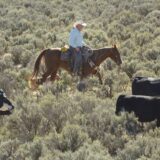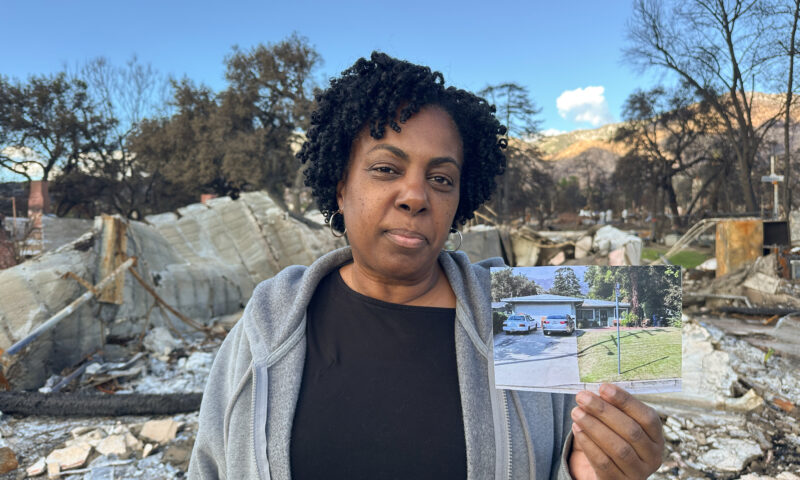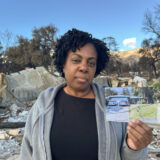Labor & Economy
Fixing Our Infrastructure — and Rebuilding the Middle Class
Across the country, chronic underinvestment has left roads, bridges, water systems and other critical infrastructure in need of replacement or costly repair. Public financing is the least expensive way to meet these needs. But to fund the gap, some states and cities are turning to contracting arrangements called “public-private partnerships,” or “P3s” for short, which use private capital to finance public projects.
If done right, infrastructure projects—however they’re financed—can tackle inequality by boosting economic growth and providing quality jobs for disadvantaged communities. But since capital in P3s is more expensive than in public financing, and the public loses control over many aspects of P3-financed infrastructure, we should demand even more public benefit in return.
Thursday, along with the Partnership for Working Families (PWF), we released a report to help make sure P3s provide much-needed pathways to the middle class. The report, Building America While Building Our Middle Class, outlines best practices for policymakers considering infrastructure projects—whether publicly or privately financed—to make real economic and social impacts in their communities.
If they include job quality and equity policies, P3 infrastructure projects can be vehicles for creating career opportunities for low-income families, women, people of color and those with a criminal record. The report describes successful publicly funded projects that have done just that, including the largest project in Seattle’s public works history.
We’ve got a lot of work to do. Last week the credit rating agency Fitch estimated that replacing the country’s lead pipes—the sort that are contaminating water in Flint, Michigan—will cost as much as $50 billion. And that’s only a fraction of the $3.6 trillion the American Society of Civil Engineers (ASCE) has estimated it would cost to make all our roads, bridges, water systems and other critical infrastructure safe by 2020.
As we close this gap and rebuild America, we can also rebuild the middle class. But that means we can’t lose sight of maximizing both economic and social benefits for our communities.
Here’s a summary of the report.
(Photo by David Brodbeck)

-

 Pain & ProfitNovember 3, 2025
Pain & ProfitNovember 3, 2025Despite Vow to Protect Health Care for Veterans, VA Losing Doctors and Nurses
-

 Column - State of InequalityNovember 6, 2025
Column - State of InequalityNovember 6, 2025Congress Could Get Millions of People Off of SNAP by Raising the Minimum Wage, but It Hasn’t — for 16 Years
-

 Latest NewsOctober 31, 2025
Latest NewsOctober 31, 2025Pennsylvania Gas Producer Sues Capital & Main Over Its Reporting on Health Risks
-

 The SlickNovember 5, 2025
The SlickNovember 5, 2025The David vs. Goliath Story of a Ranching Family and an Oil Giant
-

 Latest NewsOctober 31, 2025
Latest NewsOctober 31, 2025People With Disabilities Struggle to Secure Accessible Housing After Disasters Like the L.A. Fires
-

 Column - State of InequalityOctober 30, 2025
Column - State of InequalityOctober 30, 2025Desperate Times: ‘If We Do Not Do This … There Will Be Tragedy After Tragedy.’
-

 StrandedNovember 7, 2025
StrandedNovember 7, 2025U.S. Deports Asylum Seekers to Southern Mexico Without Their Phones
-

 The SlickNovember 14, 2025
The SlickNovember 14, 2025Can an Imperiled Frog Stop Oil Drilling Near Denver Suburbs? Residents Hope So.

